Name Matthew Monahan Role Artist | Education Cooper Union Books Matthew Monahan | |
 | ||
Similar People Thomas Houseago, Paul Lee, Karla Black, David Altmejd | ||
Matthew monahan
Matthew Monahan (born 1972) is an American visual artist who is known primarily for his sculptures, drawings and print making.
Contents
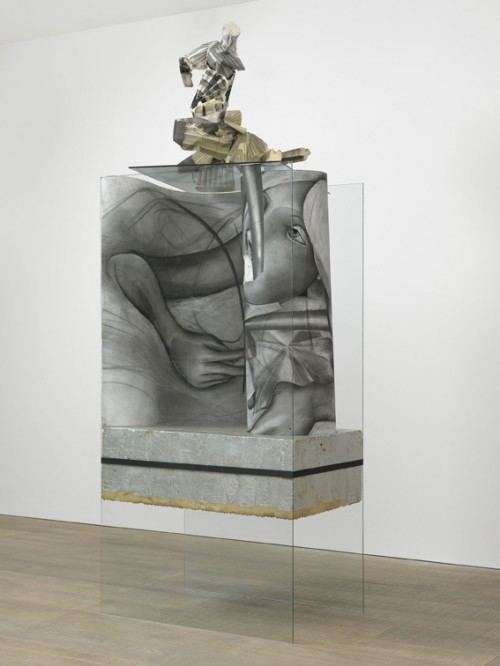
Monahan has shown his sculptures at various galleries, collections, and museums, including the Museum of Modern Art, New York, Los Angeles Museum of Contemporary Art, the Institute of Contemporary Art, Philadelphia, National Roman Museum in Rome, Anton Kern Gallery in New York, Chinese European Art Center in Xiamen, The Stedelijk Museum in the Netherlands, and Massimo De Carlo in London and Milan.
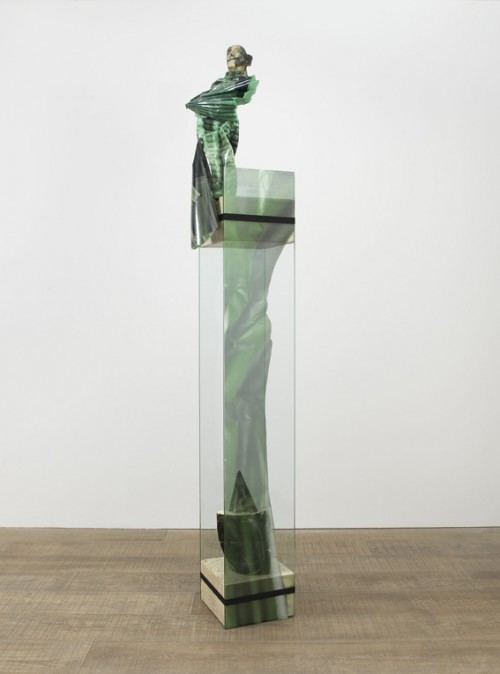
Monahan has also been included in the Liverpool Biennial (1999), Whitney Biennial (2006), Berlin Biennial (2006), Carnegie International (2008), and Venice Biennale (2013).
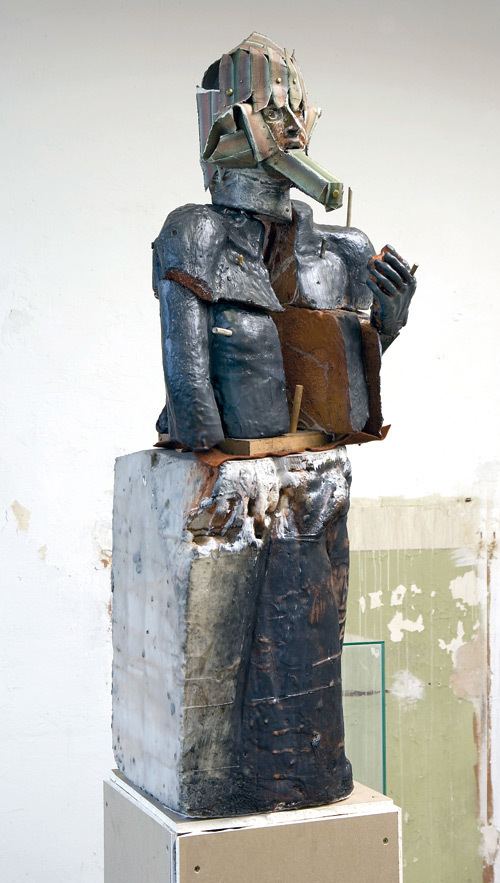
Matthew monahan ci08 life on mars
Early life and education
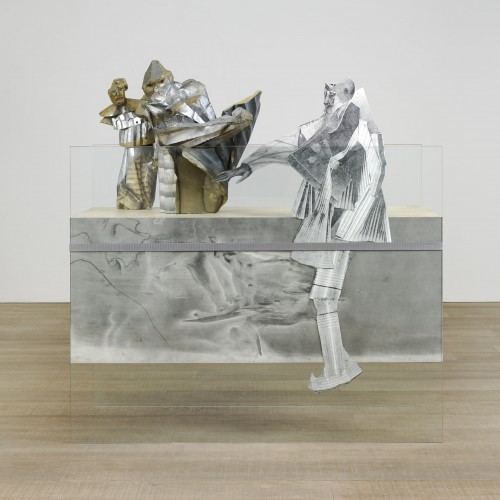
Monahan graduated from Cooper Union School of Art in 1994 with a BFA and the De Ateliers in Amsterdam from 1994 to 1996.
Work

Monahan’s sculptures offer an unexpected point of view on classicism, questioning its ideals, icons and myths. The result is both a dialogue and a comparison between classical and contemporary, creating a new vision of the past, the present and an imagined future. A tour across the aesthetic landscape of Matthew Monahan's figurative sculptures, prints, and drawings would make stops in the caves of Lascaux, at archaeological digs in peat bogs, sealed tombs of Egypt and Babylon, Easter Island and the temples of Greek and Roman antiquity – not to mention contemporary Japan, Amsterdam, China and Los Angeles. Through his travels, both actual and academic, Monahan has developed a visual patois that borrows representations of the human face and body from a hundred visualizations of the Other. Monahan's pre-broken monuments are the perfect embodiment of post-monumental times: Huge but easily toppled, protected but not particularly precious, frightening in an archetypical way, but also surprisingly, humorous. A tremendous sense of playfulness and freedom pervades Monahan's studio practice, in which anything can potentially appropriated, reassembled, or reimagined into something new.
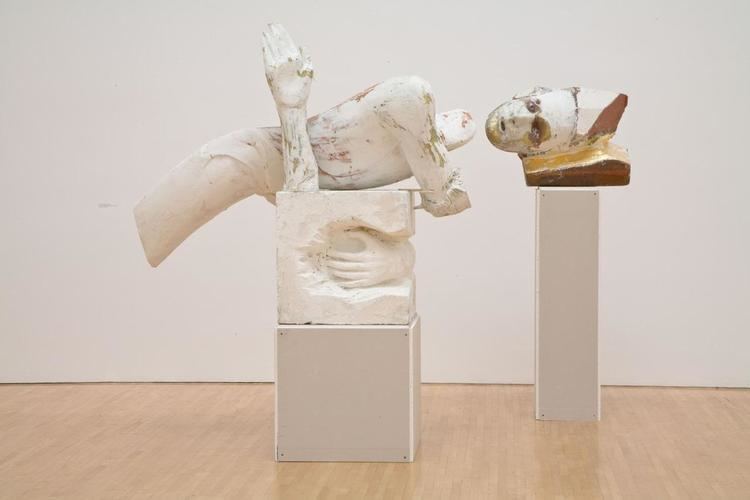
Monahan only uses objects he has made, not found objects–a rule he set for himself many years ago that signifies the importance of his own physical process in his work. If at times it seems that nothing is ultimately finished, and instead works exist to be pillaged, reworked, or destroyed, viewing Monahan's oeuvre in the context of an exhibition affords an opportunity to see the wide array of materials he has incorporated and the choices he ultimately has made. In this sense, Monahan's work is best experienced en masse in order to see what is, what might have been, or perhaps, what was.
A central part of Monahan’s sculptural practice is his evocation of museo-logical systems of display that both contain and morph into the figures that they hold. Composed of raw pieces of drywall, plate glass, wood, and perforated metal, these improvised vitrines and plinths speak as much to Minimalist forms as they do to museum practices. They are the makeshift containers of Monahan’s museum without walls, the equally provisional containers of his cabinet of curiosities. In the end, these glass vitrines take on another more poetic quality. They present themselves less as museum furniture and more as space capsules conveying time travellers that have been frozen in suspended animation somewhere between yesterday and tomorrow. Caught in this chronotopic amber, Monahan’s figures are at once iconic survivors of some long-gone imaginary world and iconoclastic forays into the history of sculptural figuration.
Collections
Monahan's works are help in numerous collections including the following:
